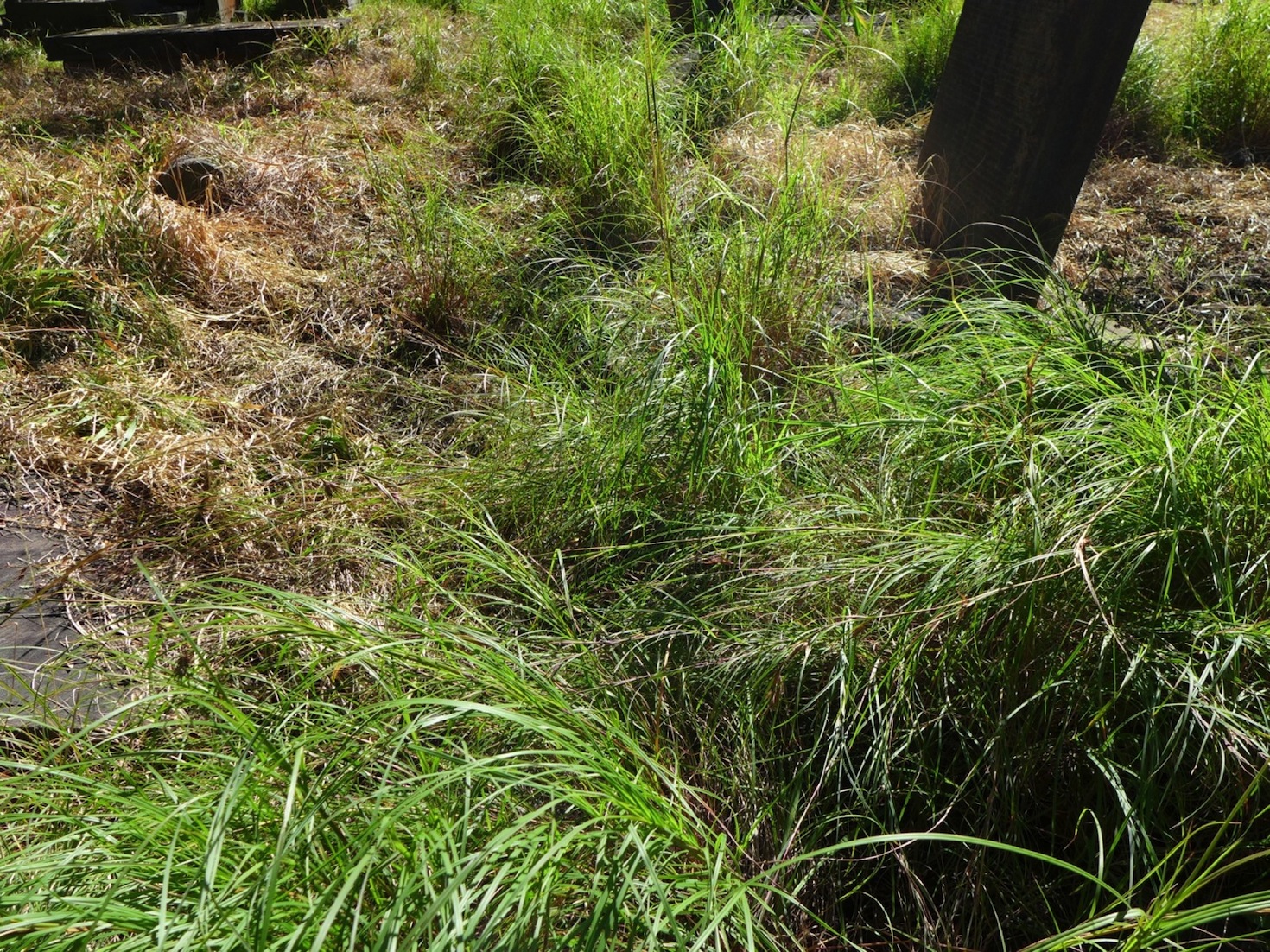Fashioning Discontinuities 19th Biennale of Sydney
(2014)
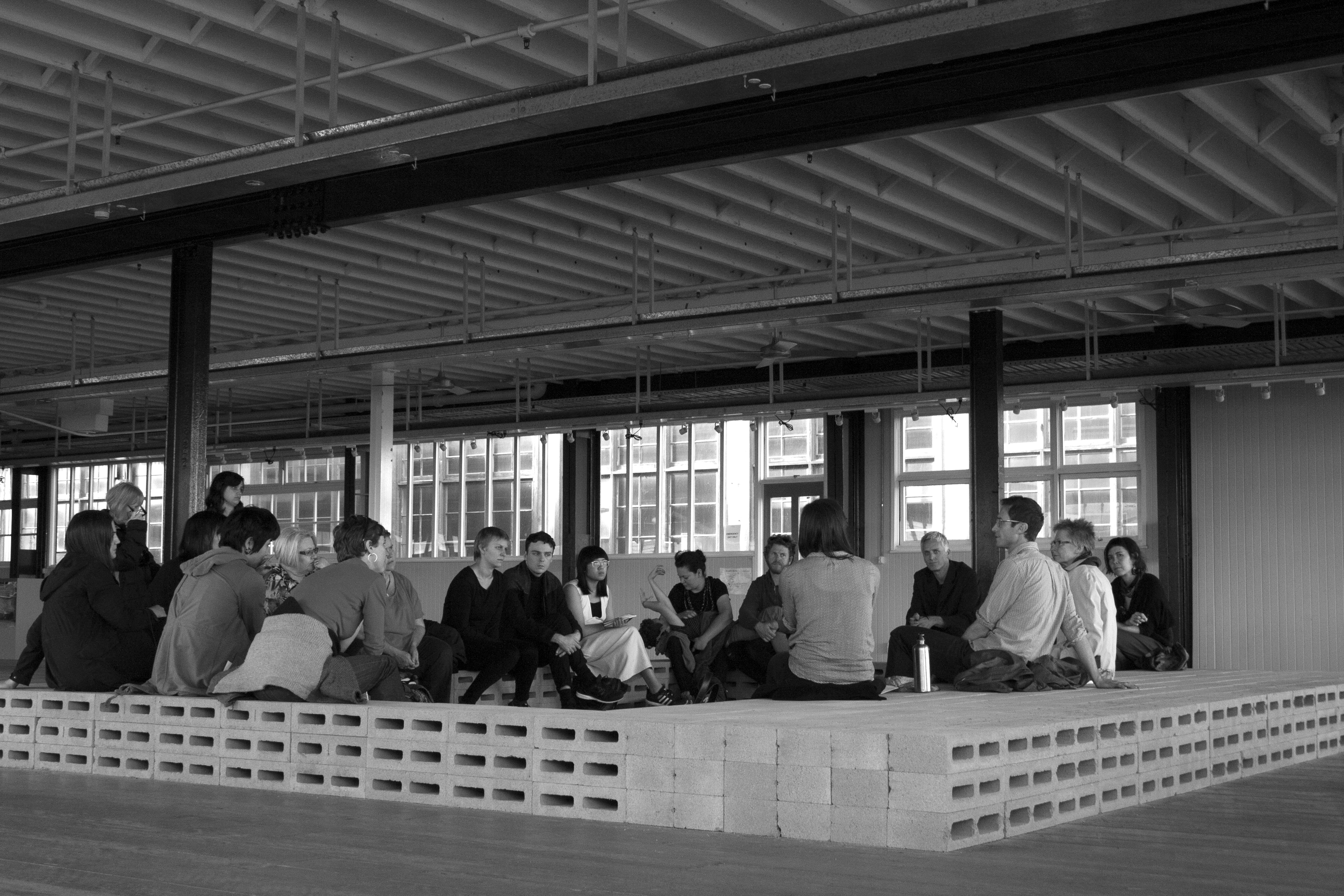
EXHIBITION DATES
21 March – 9 June, 2014
VENUE
Waremah Cockatoo Island
You imagine what you desire, 19th Biennale of Sydney
CURATOR
Juliana Engberg
ASSOCIATED MATERIALS
Catalogue Essay (link forthcoming)
PHOTOGRAPHY
Zan Wemberly, Jess Olivieri, Laure Stevens
Presented during the 19th Biennale of Sydney, Fashioning Discontinuities involved an exploration in various historic, social and geologic forces shaping urban locations across Sydney. The work employed performative actions and objects to experiment with engaging place otherwise to dominant normative modalities, in ways reflexive of colonial inheritances on Gadigal land. The project both traversed — and was publicly distributed across — a set of sites including Hyde Park, the Botanical Gardens, St Mary’s Cathedral, a footbridge in Woolloomooloo, the Camperdown Cemetery and fragments of the remnant iron-bark forest in Western Sydney.
The various material residues, objects and documents generated by this work were brought together as an installation at Cockatoo Island thorughout the duration of the Biennale. The components of this project, distributed throughout Sydney, consisted of the following actions and events: Present Politics; Solar objects held toward evening’s diminishing westerly light; Annexing a patch of grass, temporarily; Three tones of soil temporarily excavated from Hyde Park; Proposition to walk the remnant Turpentine Ironbark forest of Western Sydney;Walking to remnant grasses.
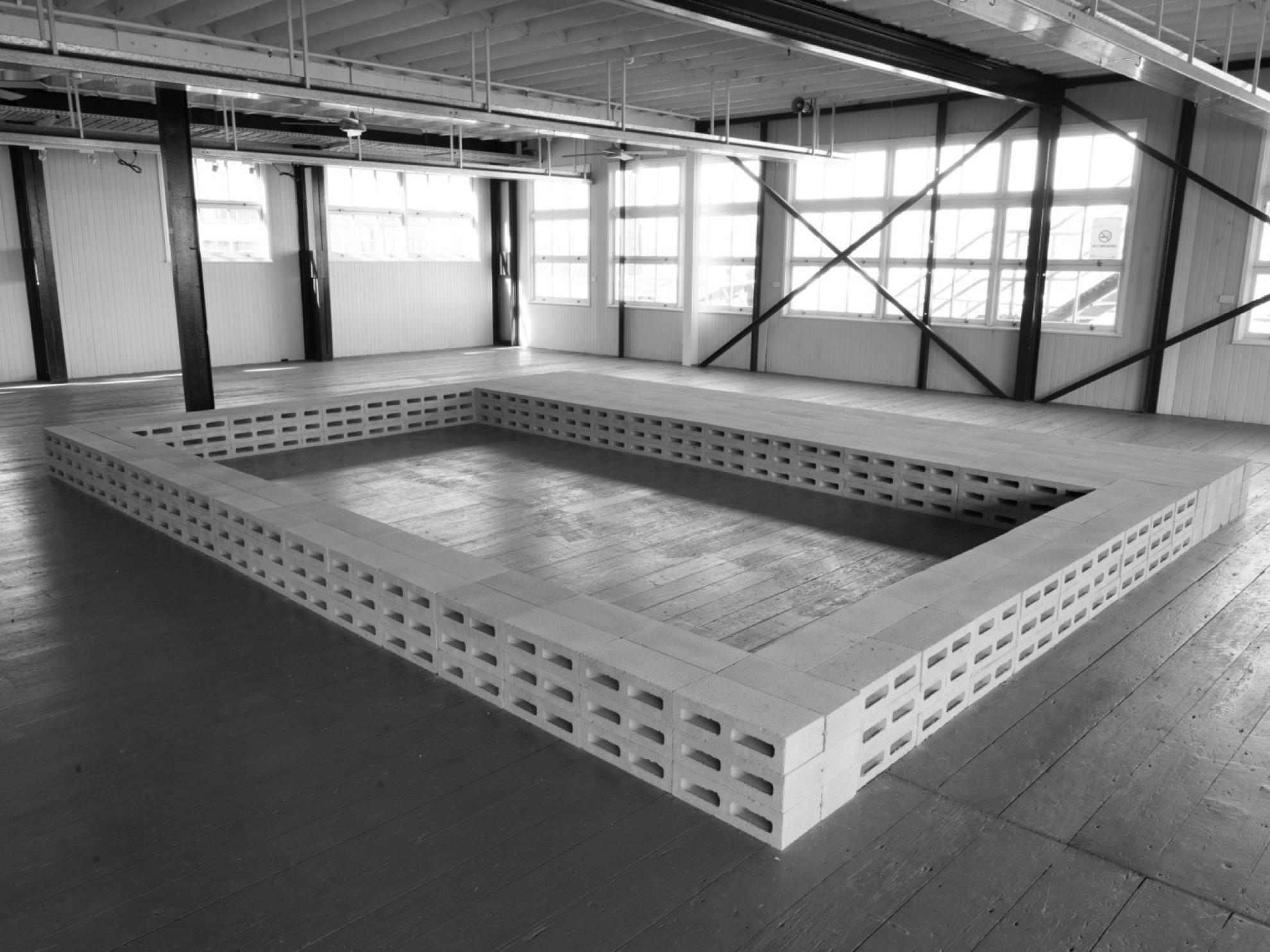
Present Politics
Present politics was a temporary pavilion constructed within the work’s installation venue in Building 6 on Cockatoo Island, for one-to-one and small group discussions, as an intimate localised response to the political climate surrounding the 19th Biennale of Sydney involving the ethics of it’s funding arrangements and its protest by artists involved (including myself). The cinder-block construction functioned as a ‘holding-space’ for improvised discussions related to art as a contested site of politics, corporate sponsorship, the relentless privatisation of the public realm, the inescapable relation between capitalism and art, and the ways artists might experiment with engaging collectively and structurally in the shaping of culture. Audiences were invited to intervene and open up tangents. This forum was held every Friday afternoon at 2pm throughout the Biennale on the following dates:
Friday 28 March with Diego Bonetto
Friday 4 April with Oliver Watts
Friday April 11 with Ian Millis
Friday 25 April Jacqueline Milner
Friday 2 May with Helen Hughes
Friday 9 May with Terri Bird (Open Spatial Workshop)
Friday May 16 with Danny Butt
Friday May 23 with Olivia Barr
Friday May 30 Lucas Ihlein

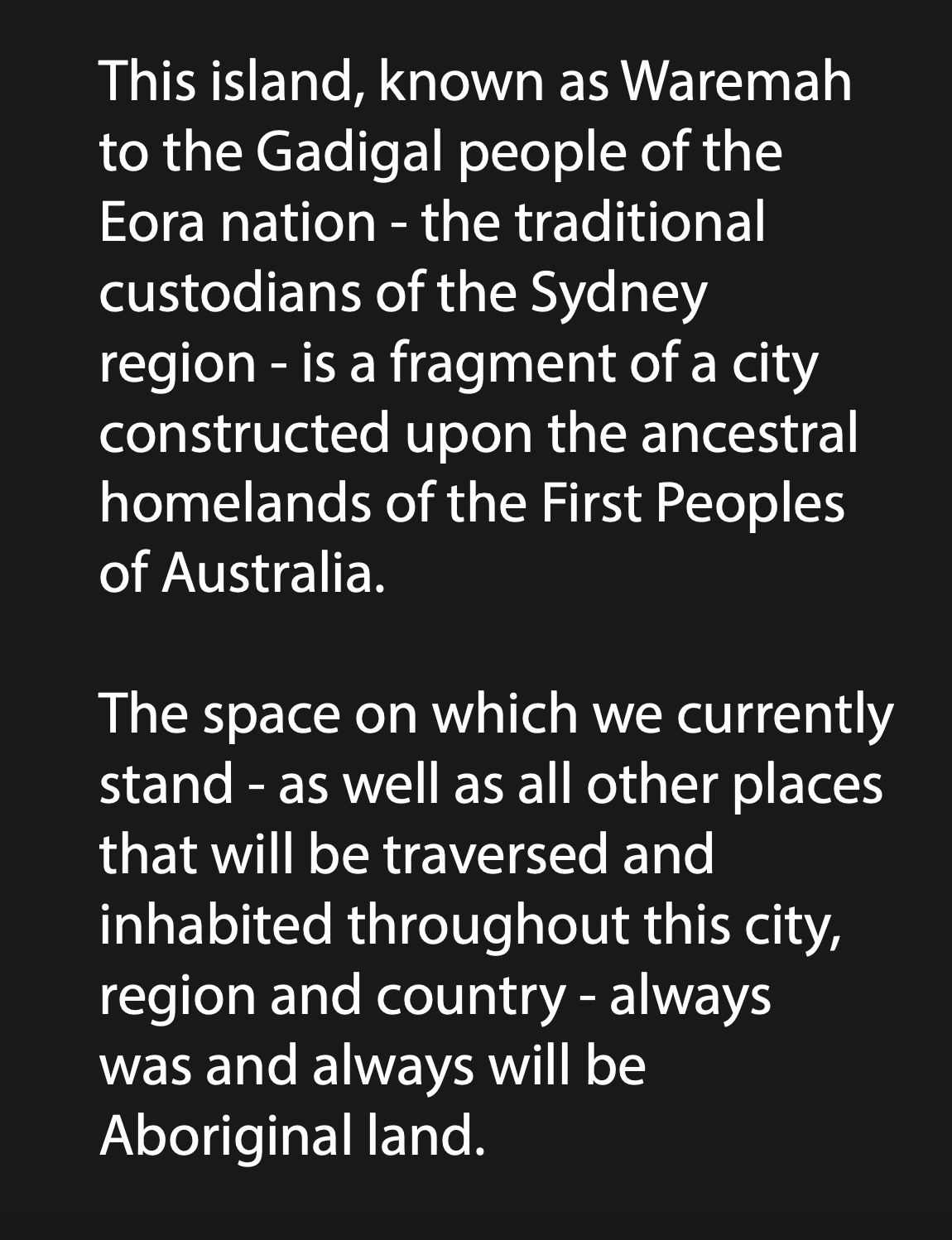
Solar objects held toward evening’s diminishing westerly light
A set of objects was fabricated for the purpose of collectively being held towards evening’s diminishing westerly light as a series of public events. This performance engaged the sun at a particular moment in its trajectory across the sky, to witness the recurring relationship it makes to the materials of the earth that stand in its fleeting pathway. This occurred with the participation of with Stuart Bailey, Ivan Cheng, Mark Shorter, Salote Tawale and Sarah Rodigari, Jess Olivieri, Helen Walter, Anneke Jaspers, Naomi Derrick, Kevin Platt, Gary Warner, Laure Stephen (photography).
Friday 25 April on the pedestrian footbridge over St Mary’s Road in Wooloomooloo at 3.00pm
Saturday 24 May on the pedestrian footbridge over St Mary’s Road in Wooloomooloo at 3.00pm
Saturday 7 June outside Building 6 at Cockatoo Island beginning at at 3.00pm

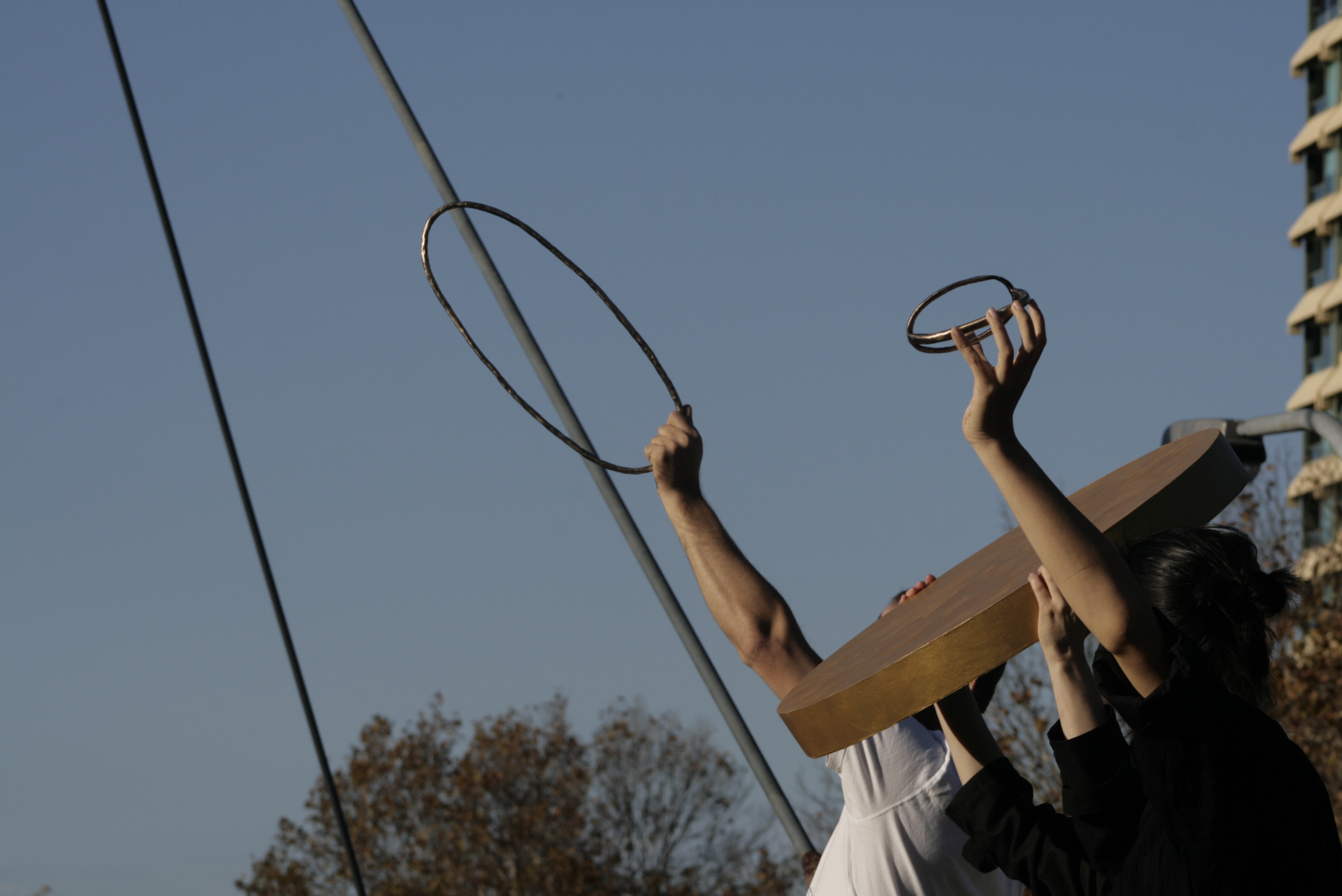

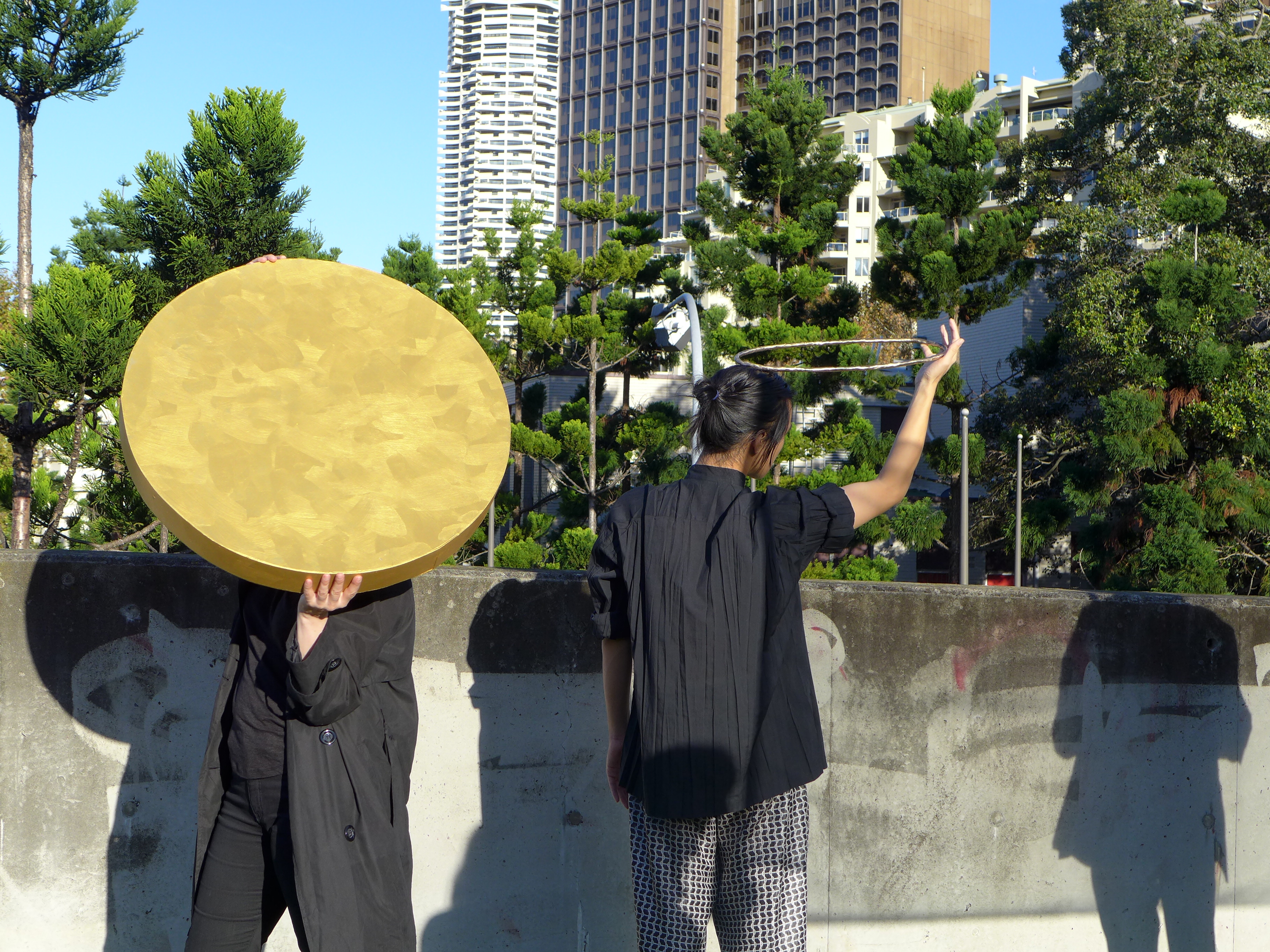
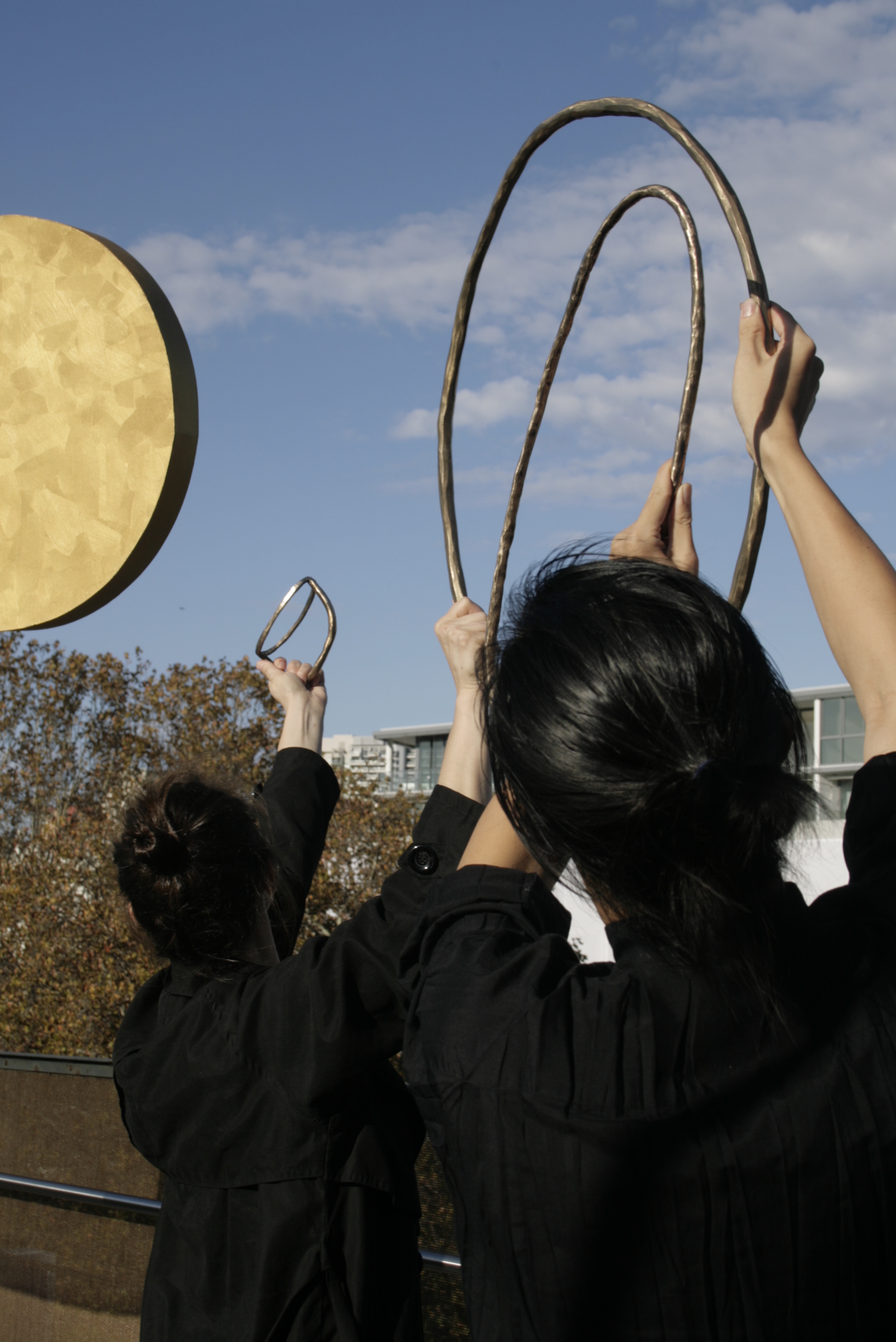
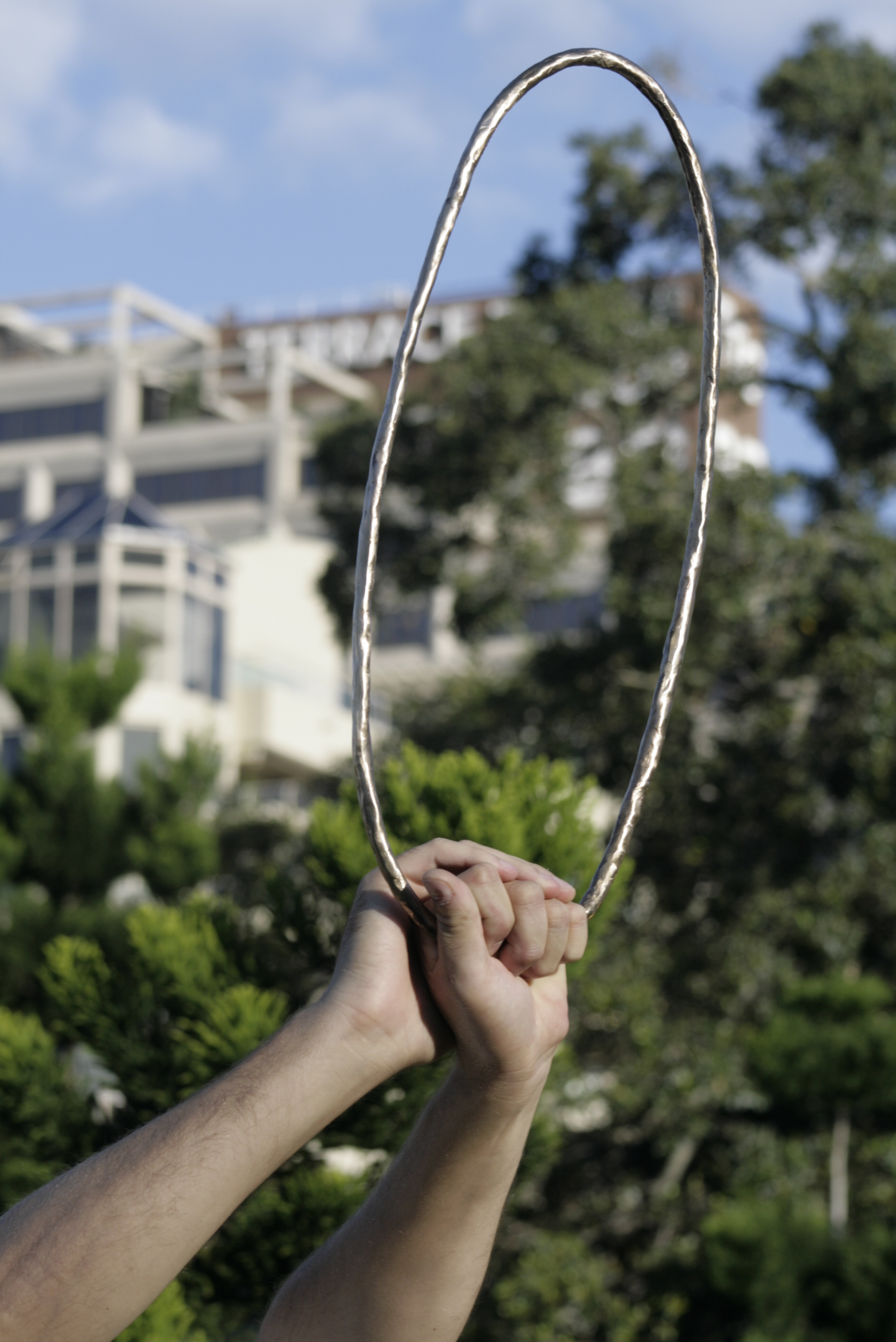
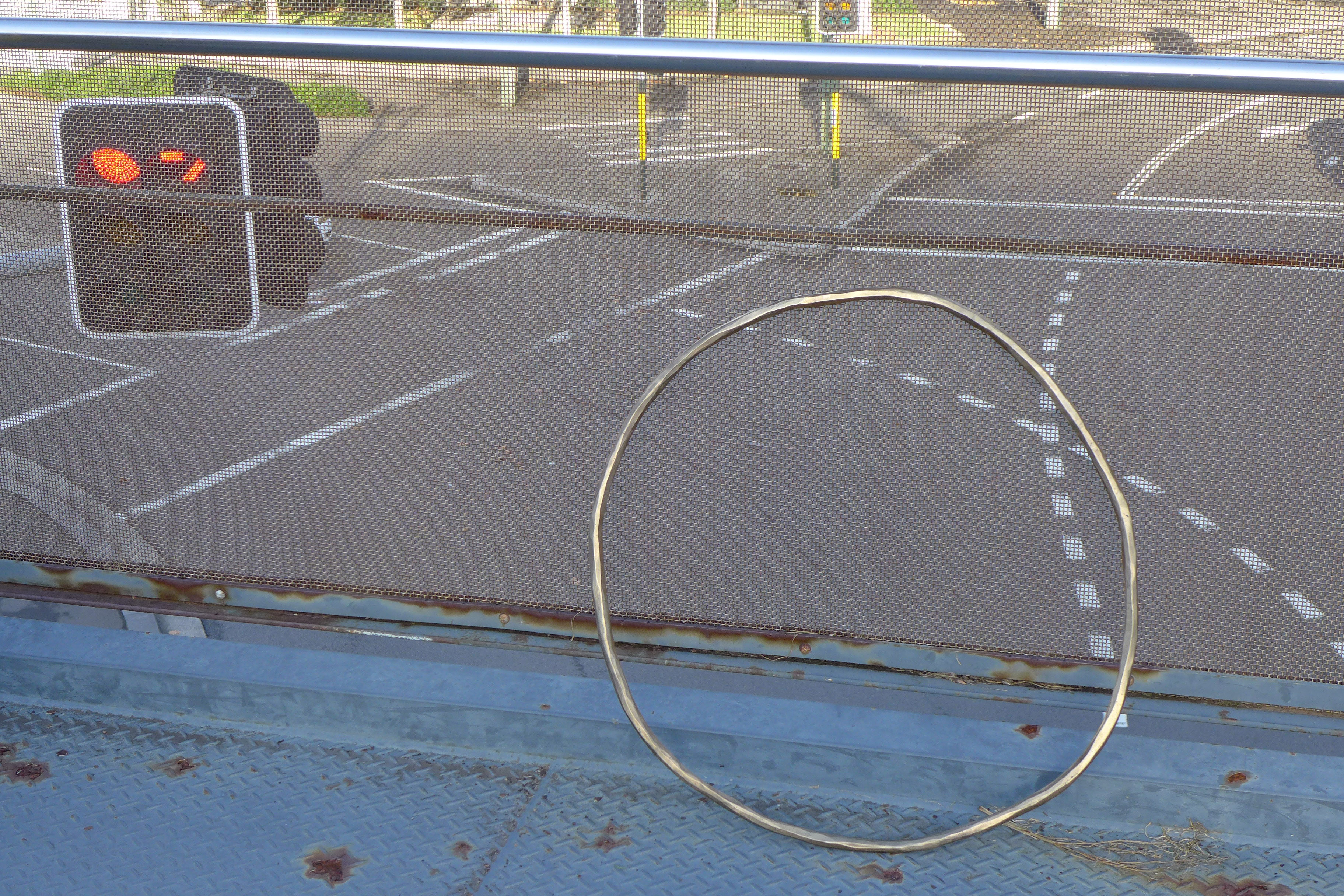
Annexing a patch of grass, temporarily: amendment to the Pioneer Lawn in the Royal Botanical Gardens between 16 January 2014 and 9 June, 2014
This amendment to the Royal Botanical Gardens involved a process of negotiation with the authoritative body that maintains the lawns to annex an area of grass from mowing or maintenance for a fixed period of time. This is in order to enable the potential flourishing of life forms that are usually repressed by regimes of cultivation (such as weeds and local grasses) to take root and become visible. It also seeks to make an addition to public space via a subtle strategy involving the suspension of standardised procedures, in order to reveal that which operates invisibly.
Thankyou to Ivan Cheng, Jess Olivieri, Annika Kristensen, Aarna Hanley, Tai Spruit, Ezzie Margin, Anthony and Travis Farnell for assistance with this process.



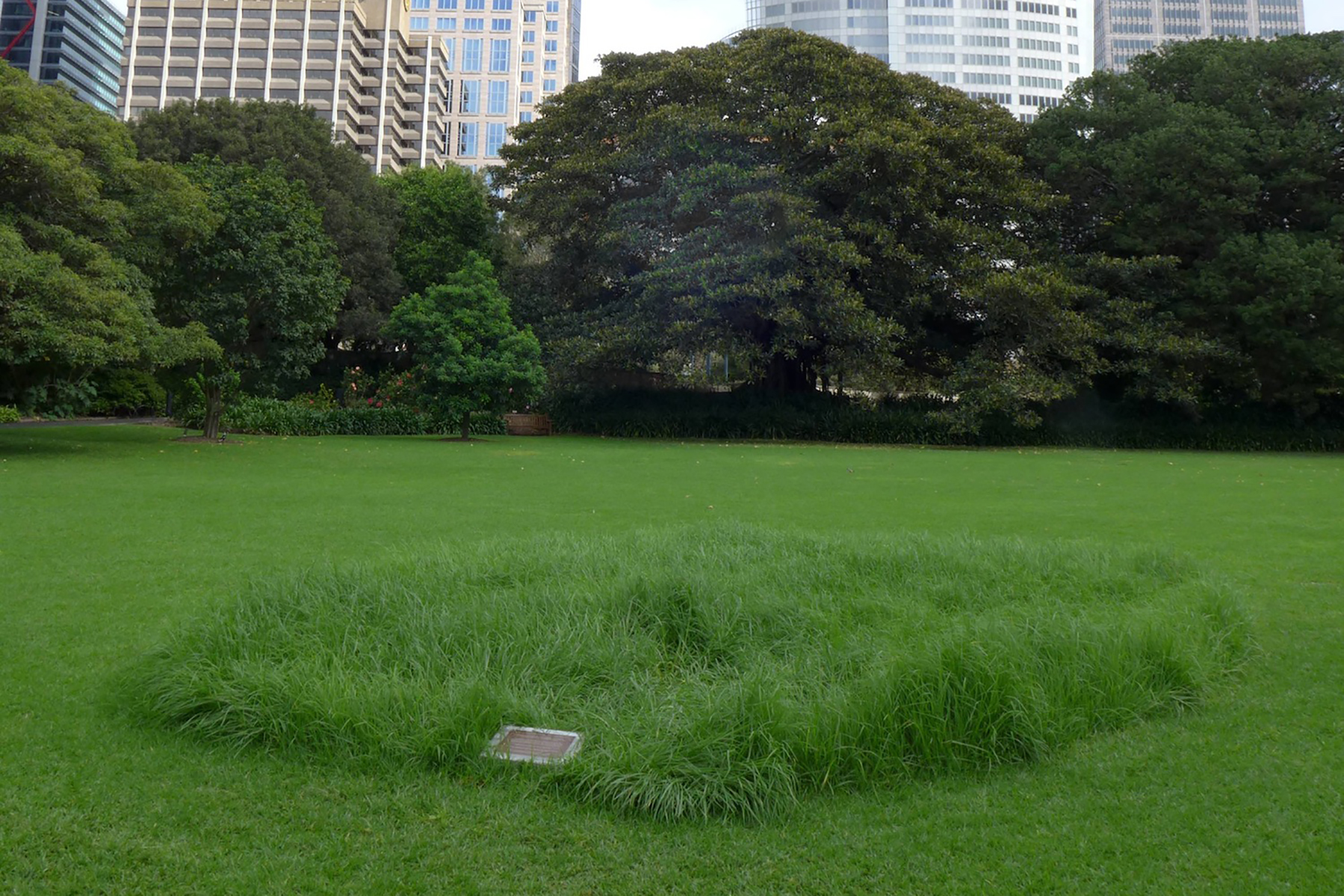
Three tones of soil temporarily excavated from Hyde Park
Three tonnes of soil was removed from the site at Hyde Park on 21 March 2014, and was temporarily relocated within the installation on Waremah (Cockatoo Island) where it remained until Monday, 9 June 2014, after which time it was returned to the park. This process of removal revealed the profile of the soil in the exact location, exposing the stratigraphic layers within the park’s soil structure. The hole was in Hyde Park was accessible for viewing 24 hours a day.
Thankyou to Professor Stephen Cattle, Dr Damien Woods, Dr Lisa Murry, Guy Stearn, Patrick Houlcroft and Michael Abbott for their knowledge and assistance with this process.


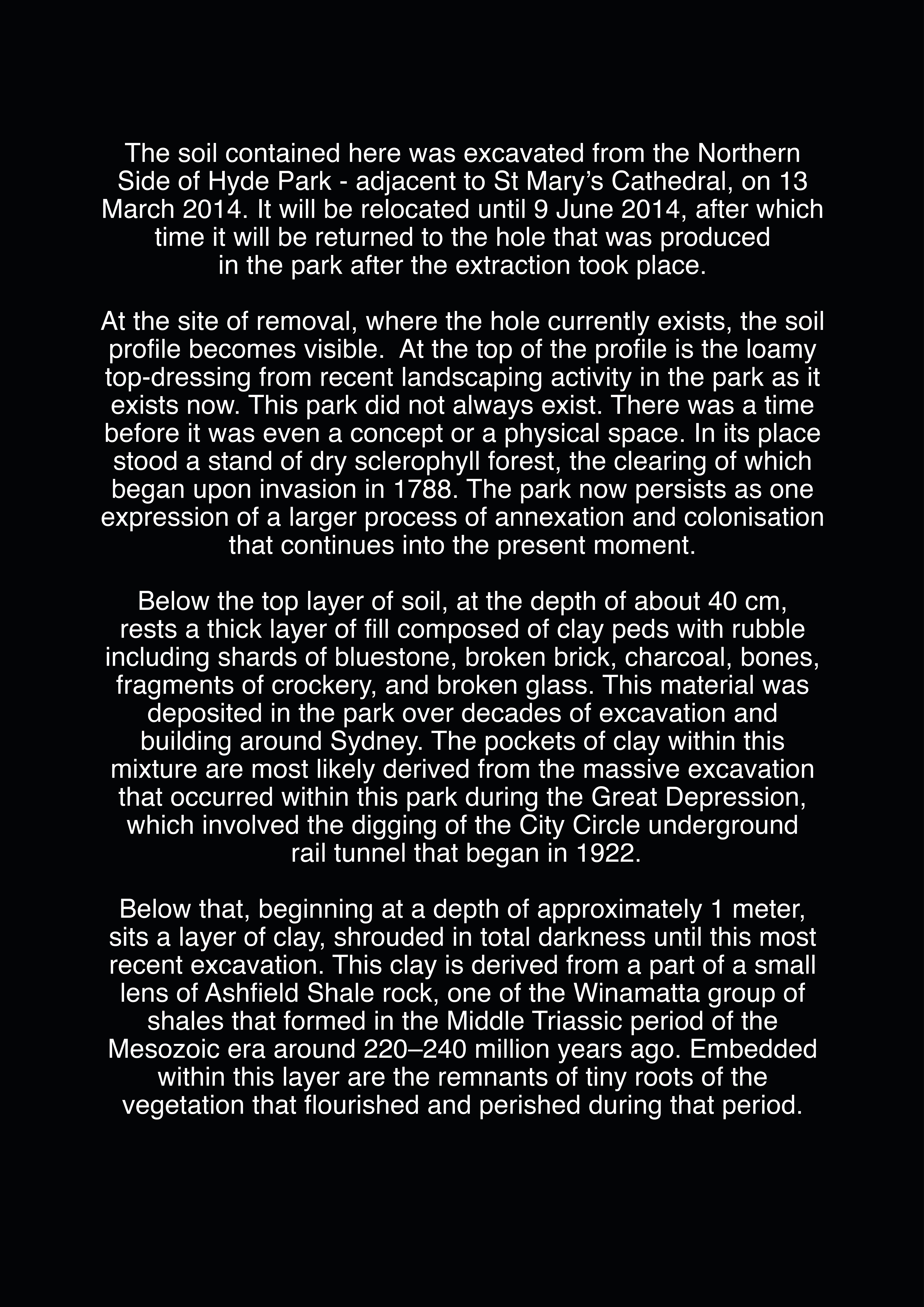

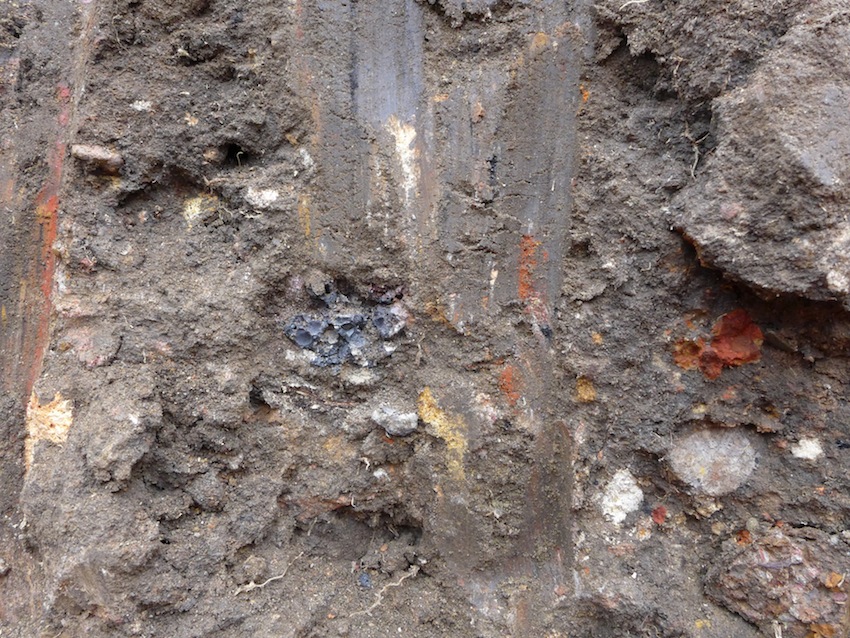
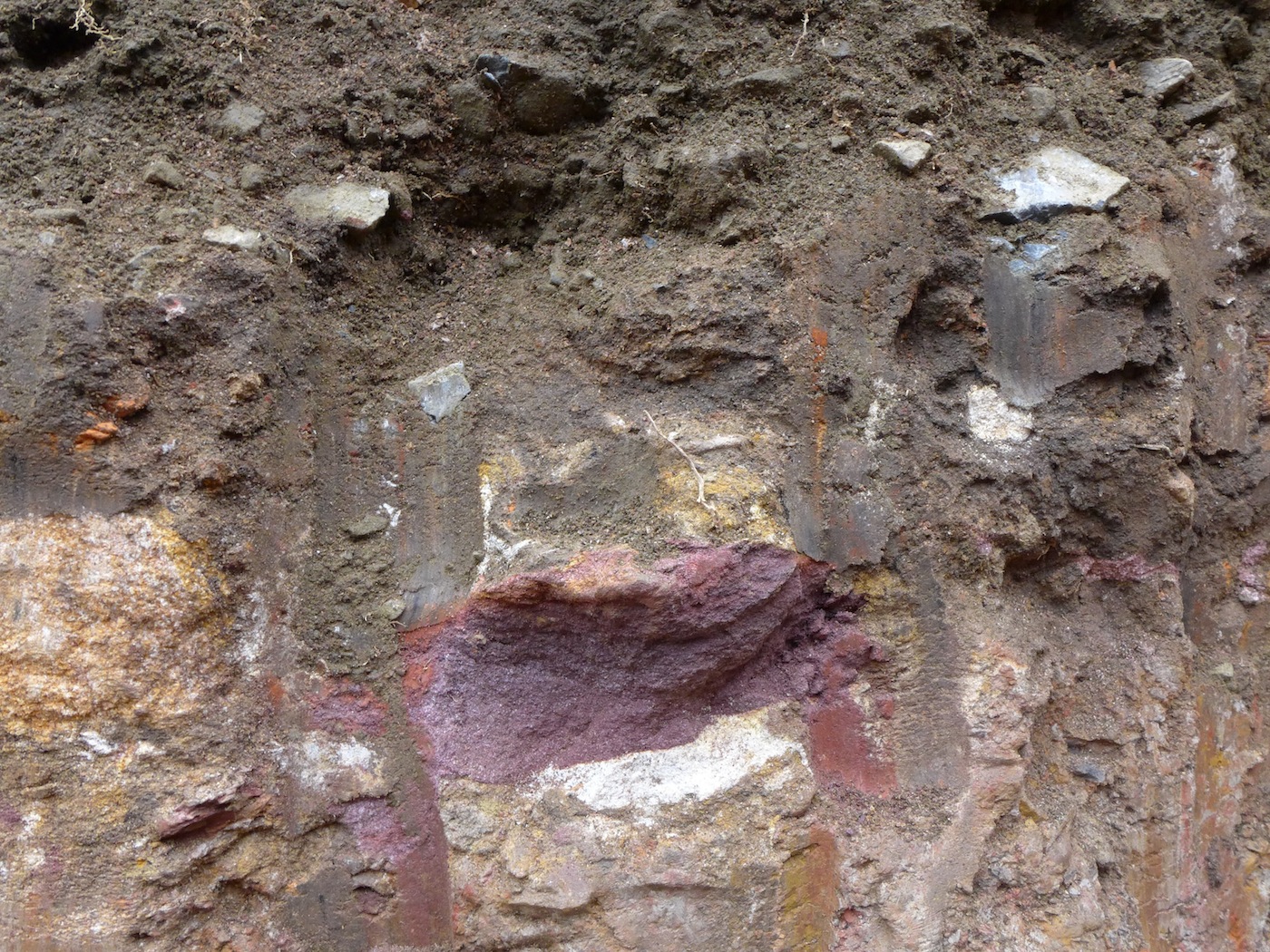
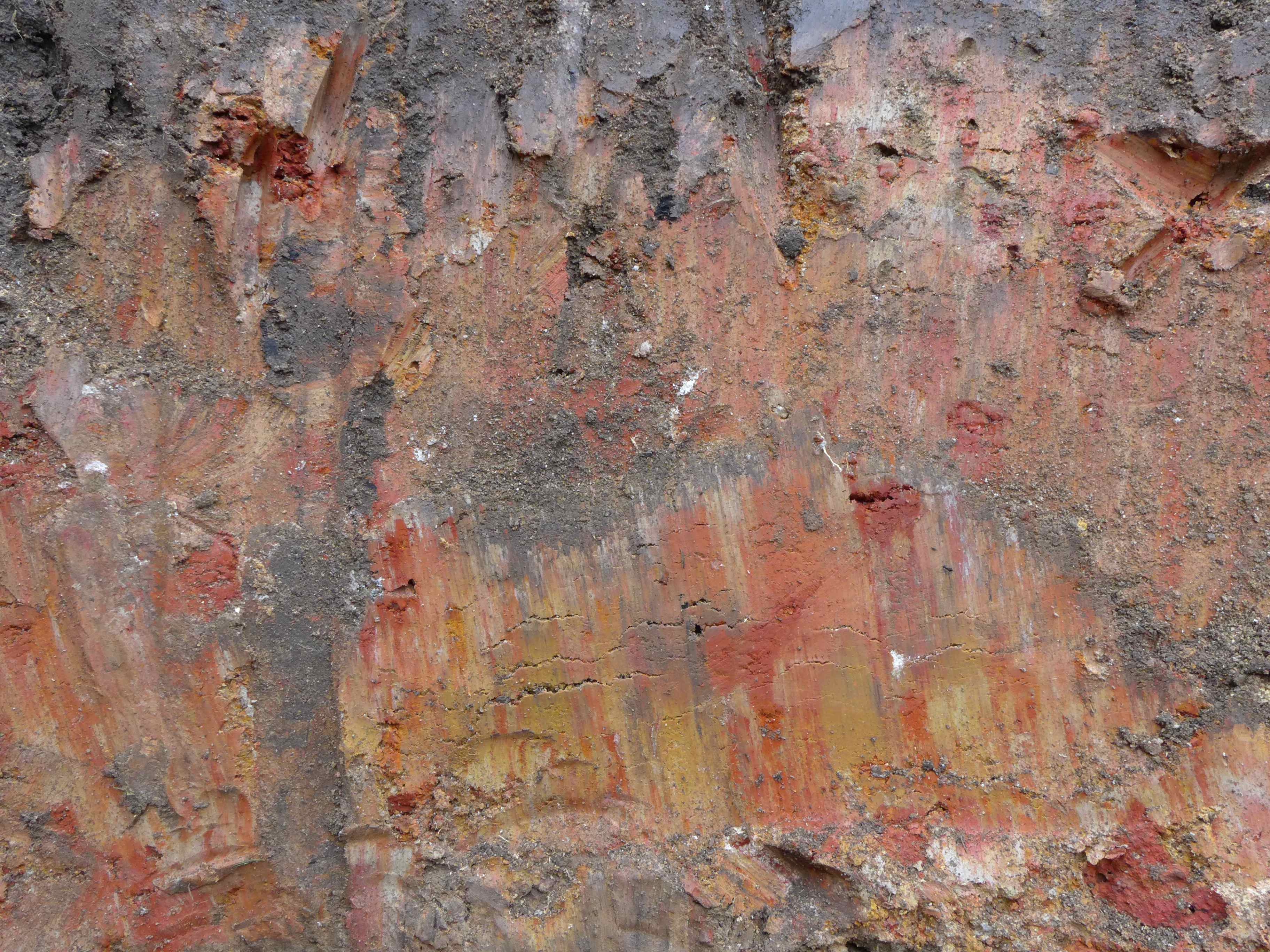

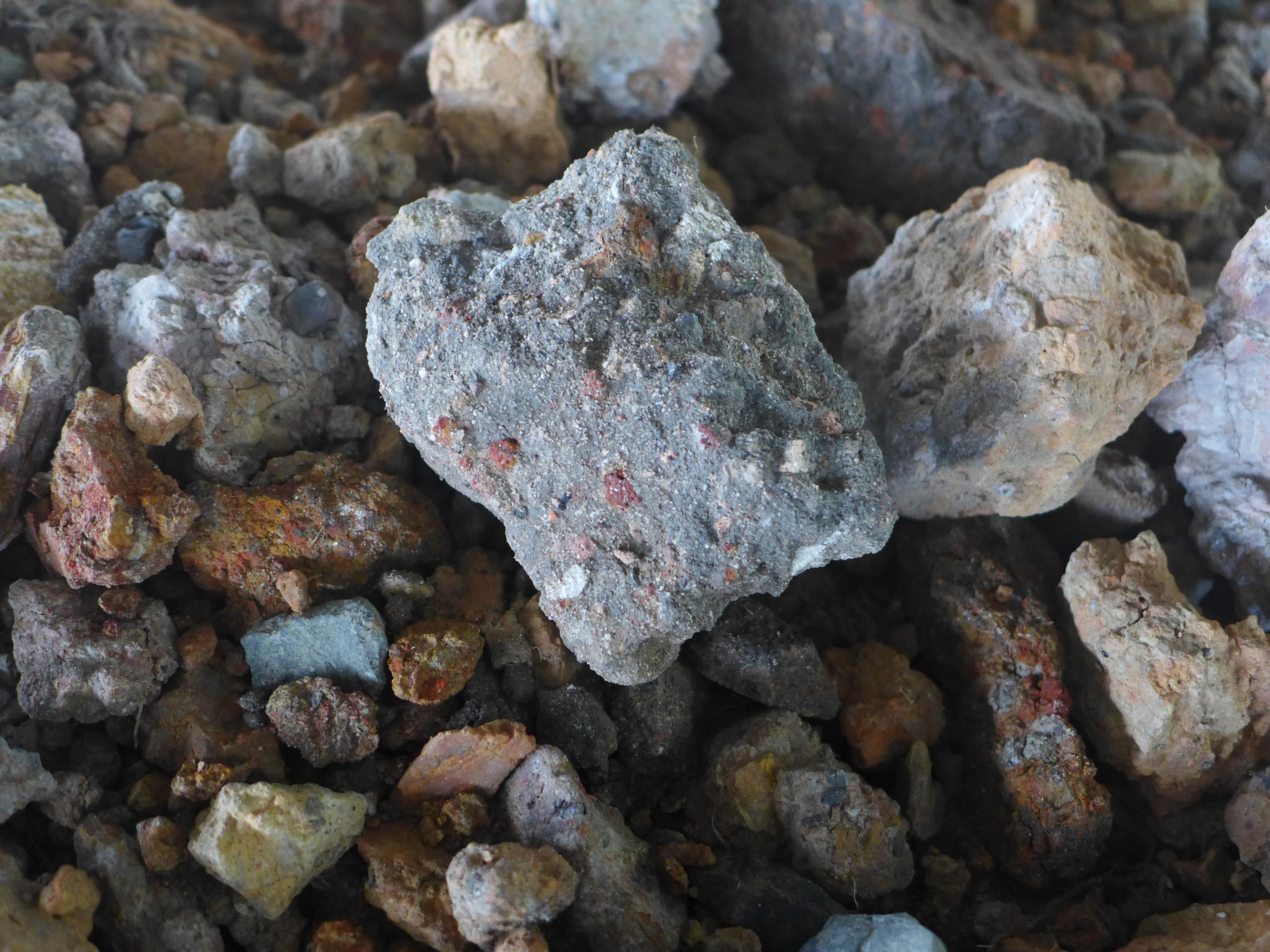
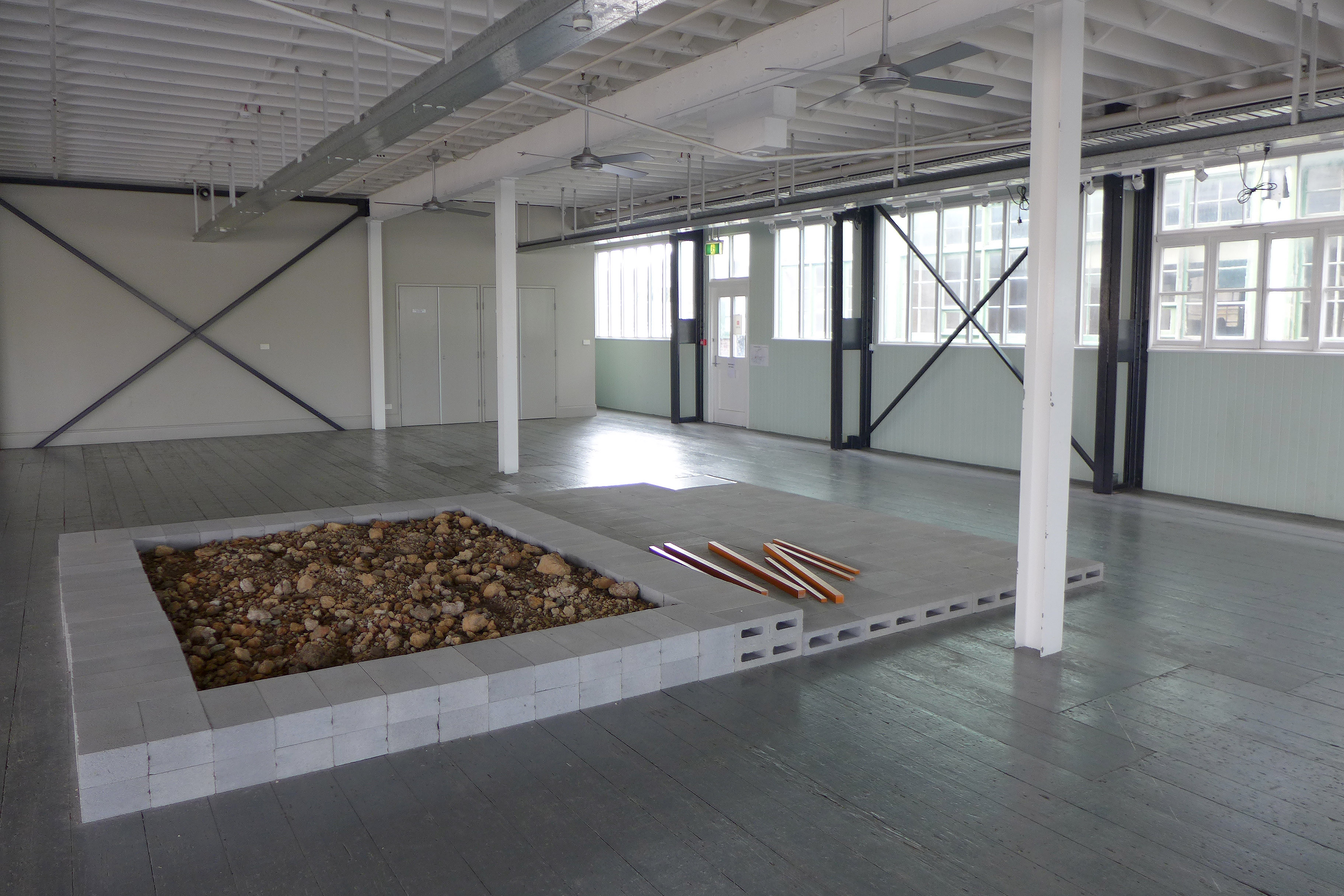
Proposition to walk the remnant Turpentine Ironbark forest of Western Sydney
Prior to colonization, the area that is now known as Western Sydney was covered in Turpentine Ironbark forest. This forest was almost totally removed for grazing and firewood, yet tiny pockets of remnant trees remain including a small cluster adjacent to a factory on Roberts Road in Greenacre and along a ridgeway in Hurlstone Park. This work is a proposition to map the area of land where the forest stood through the process of walking, where the walking temporarily marks out the forest’s imagined edge. What is revealed during the walk are the manifold boundaries that materialise and express the cadastral grid. This grid signifies an ongoing process of colonization and privatisation - which will perpetually interrupt the walk’s (imagined) continuity.


Walking to remnant grasses
Royal Botanical Gardens Pioneer Lawn to the remnant patch of Kangaroo Grass located in the Camperdown Cemetery of St Stephen’s Church in Newtown
8.00am - Saturday, 17 May, 2014
Beginning at the Pioneer Lawn at the Royal Botanical Gardens, this walk moved through Sydney’s CBD, and culminated at a stand of remnant Kangaroo Grass (Themeda australis) considered a remnant of the Turpentine-Ironbark Forests that once covered most of the Inner West, located in the Camperdown Cemetery. Very little Turpentine-Ironbark Forest remains today and it is listed as an Endangered Ecological Community under the NSW Threatened Species Conservation Act of 1995. We joined botanist Doug Benson and the working bee run by the Inner West Land Care group who help maintain this tiny patch of remnant grass.

